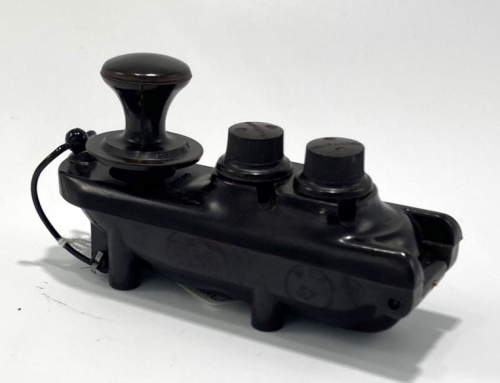This month’s object of the month is a collection of two dance cards. I particularly like these two objects, because they are clearly used. There are clear pencil marks inside – presumably from the pencil attached. It represents a memory for someone who attended the ball and the people that they danced with. Who knows what happened at the ball? Two dance partners might now be married! – I like the various possibilities that it conjures and that they represent a moment in time.
These two dance cards originate from Sawbridgeworth, part of the collecting area for Bishop’s Stortford Museum. The oldest of the two is from an event called the “Penguins” Dance which took place in Sawbridgeworth Assembly Hall. The Assembly Hall was opened in November 1909 in what was previously known as Barkers Lane (now Station Road). The newer dance card is titled ‘Sawbridgeworth Olde Tyme Dance Club: Old Tyme Ball’ held at The Memorial Hall (1956). The Memorial Hall was originally situated on Sawbridgeworth Airfield during World War Two. At the end of the war the Sawbridgeworth War Memorial Committee requested the release of the building to them from the Air Ministry. The decision was made in 1948, and the structure was reassembled on a new site in the Town Centre.
The tradition of using dance cards is something which began in Europe during the 18th century, but its popularity heightened during the 19th century. Formal balls were significant social events and played an important role in society. Dance cards were practical as they allowed ladies to manage the numerous eager dance partners that she would have in an evening.
Chosen and Written by Emily Oliver, Access and Learning Assistant of Bishop’s Stortford Museum.
References:
Sawbridgeworth Local History Society Articles Sawbridgeworth Local History Society – To research, collect, record and preserve. (sbwhistory.com)
Dance card history: Victorian ELEGANCE: 19th Century DANCE Cards Insight







